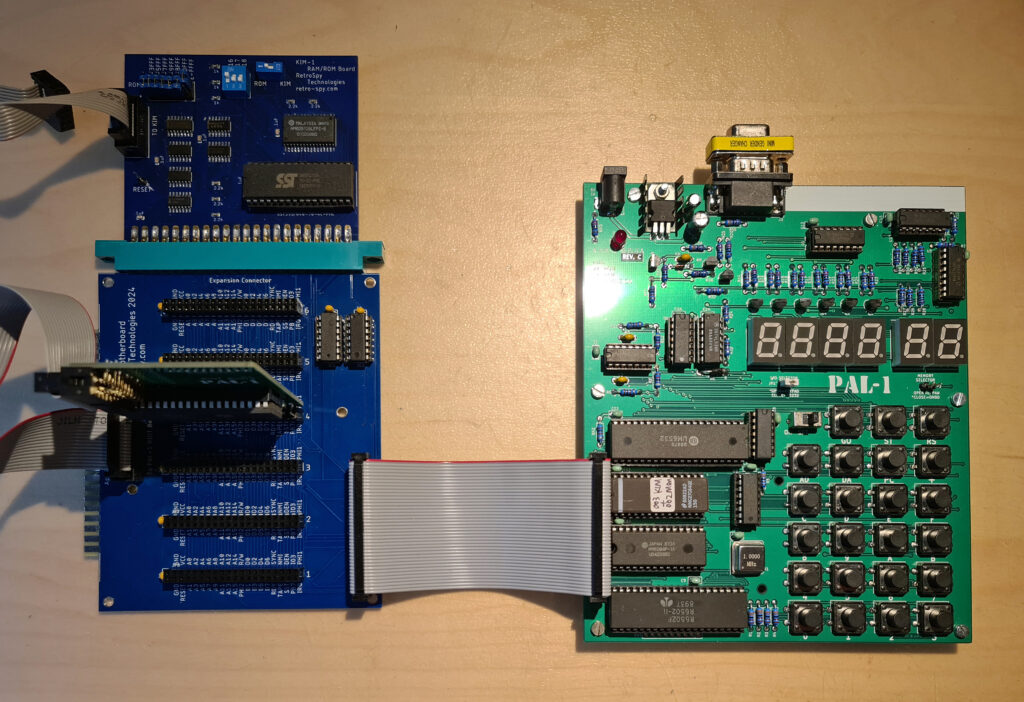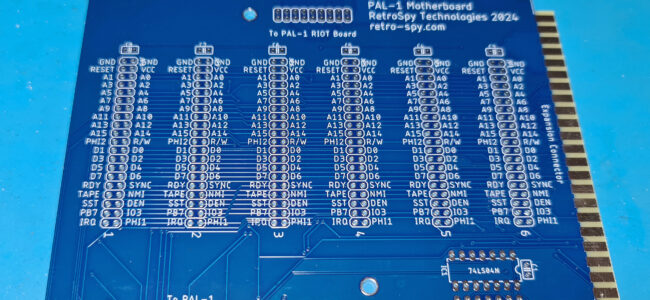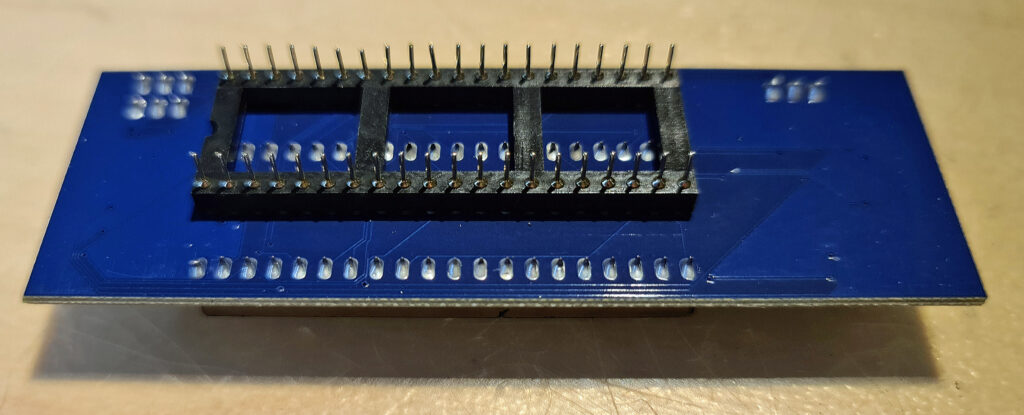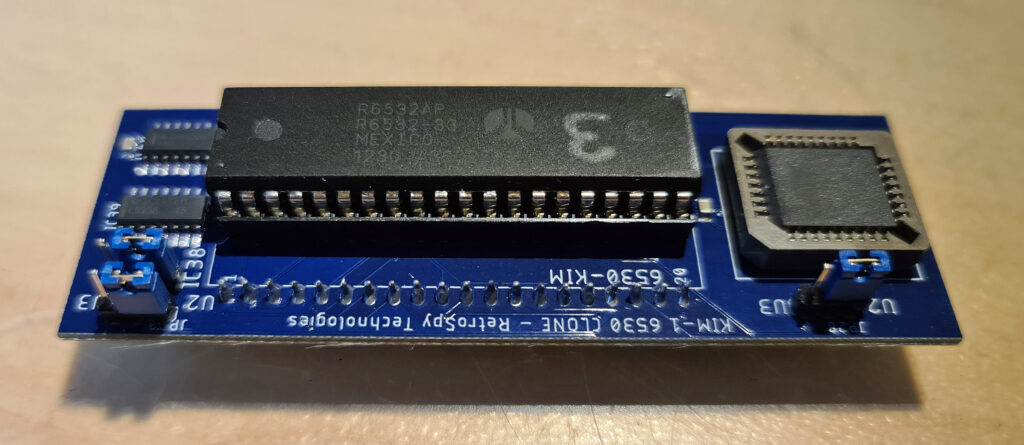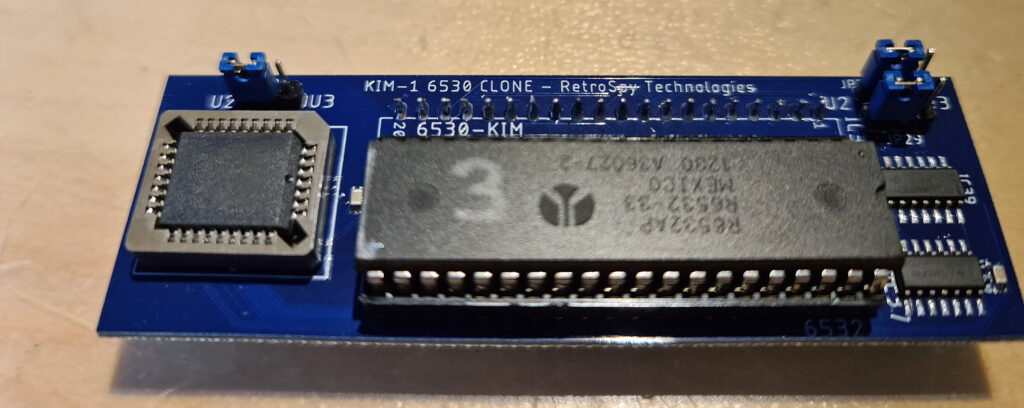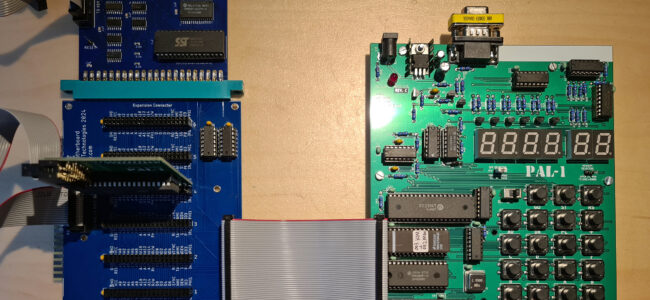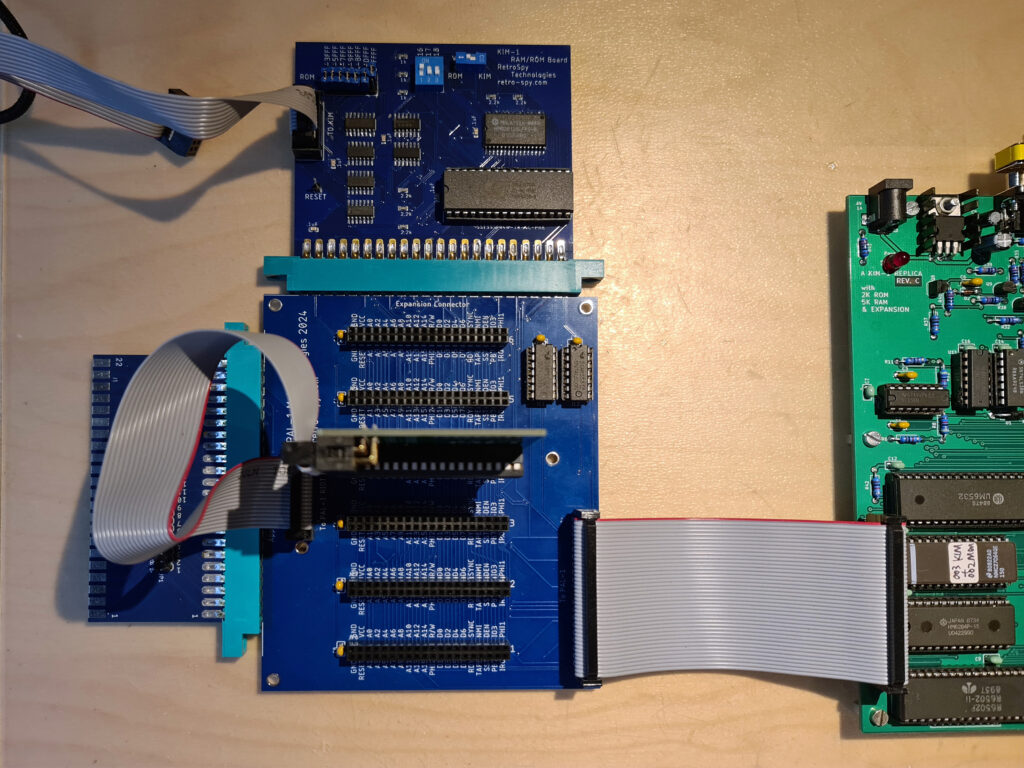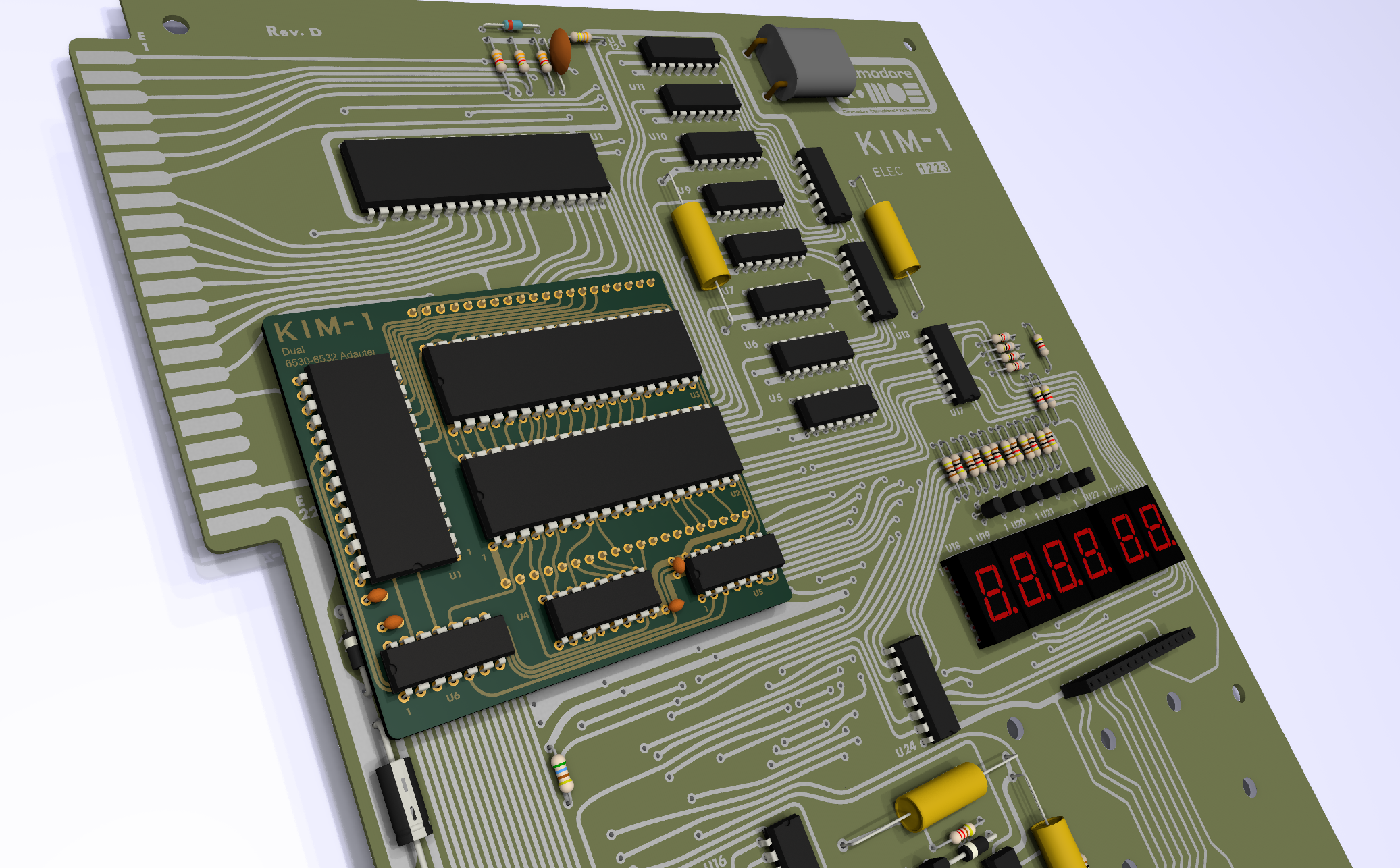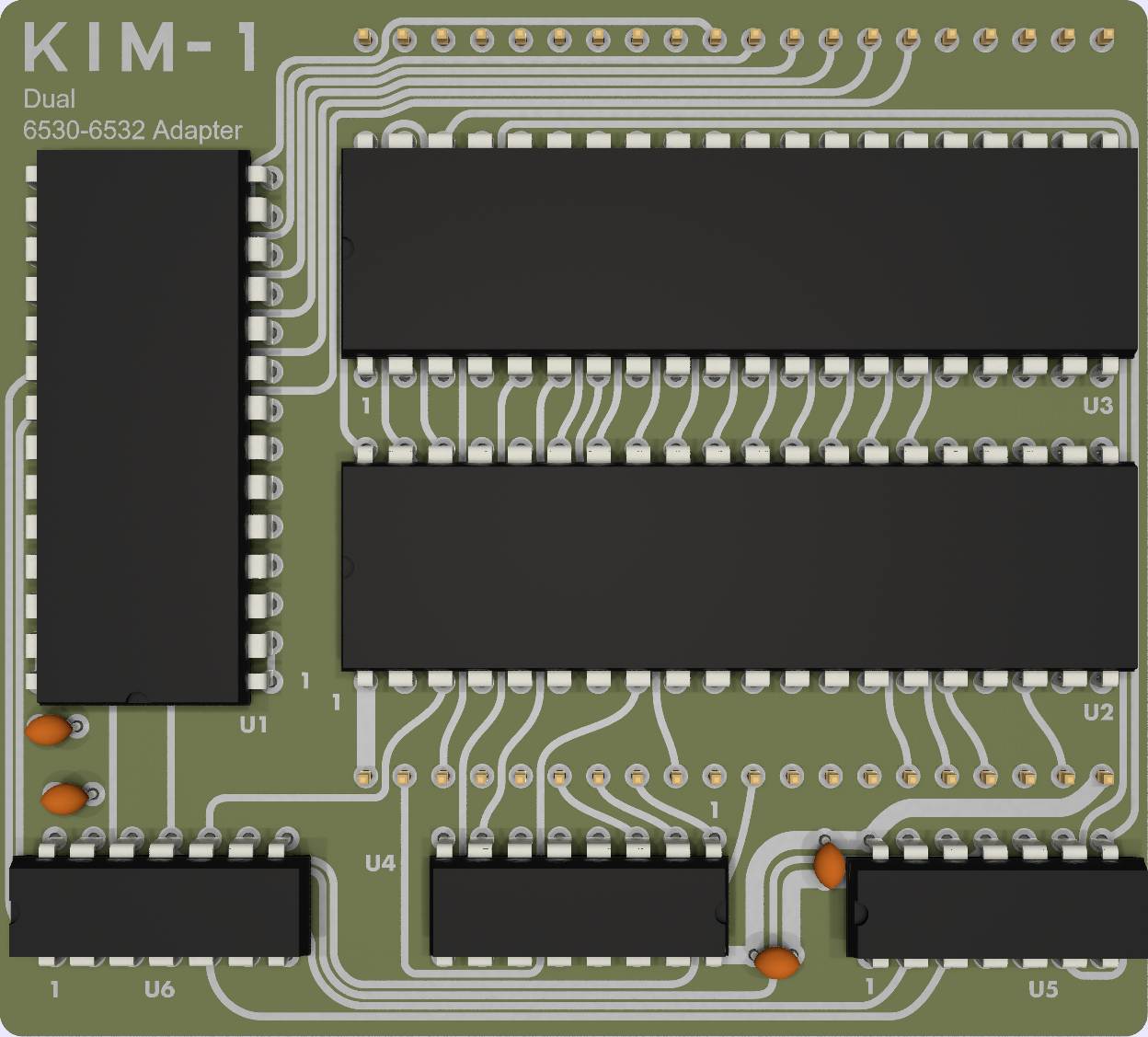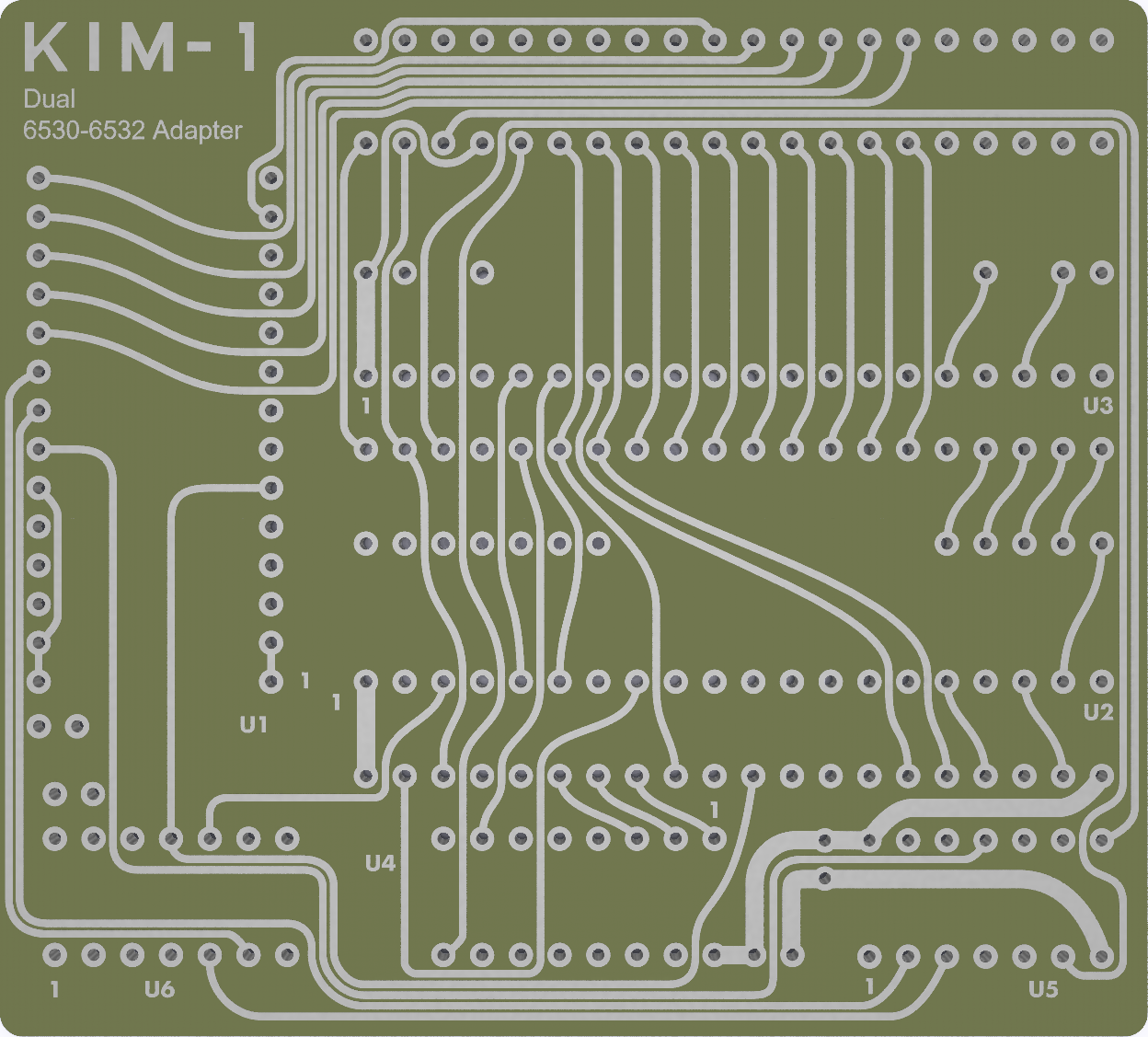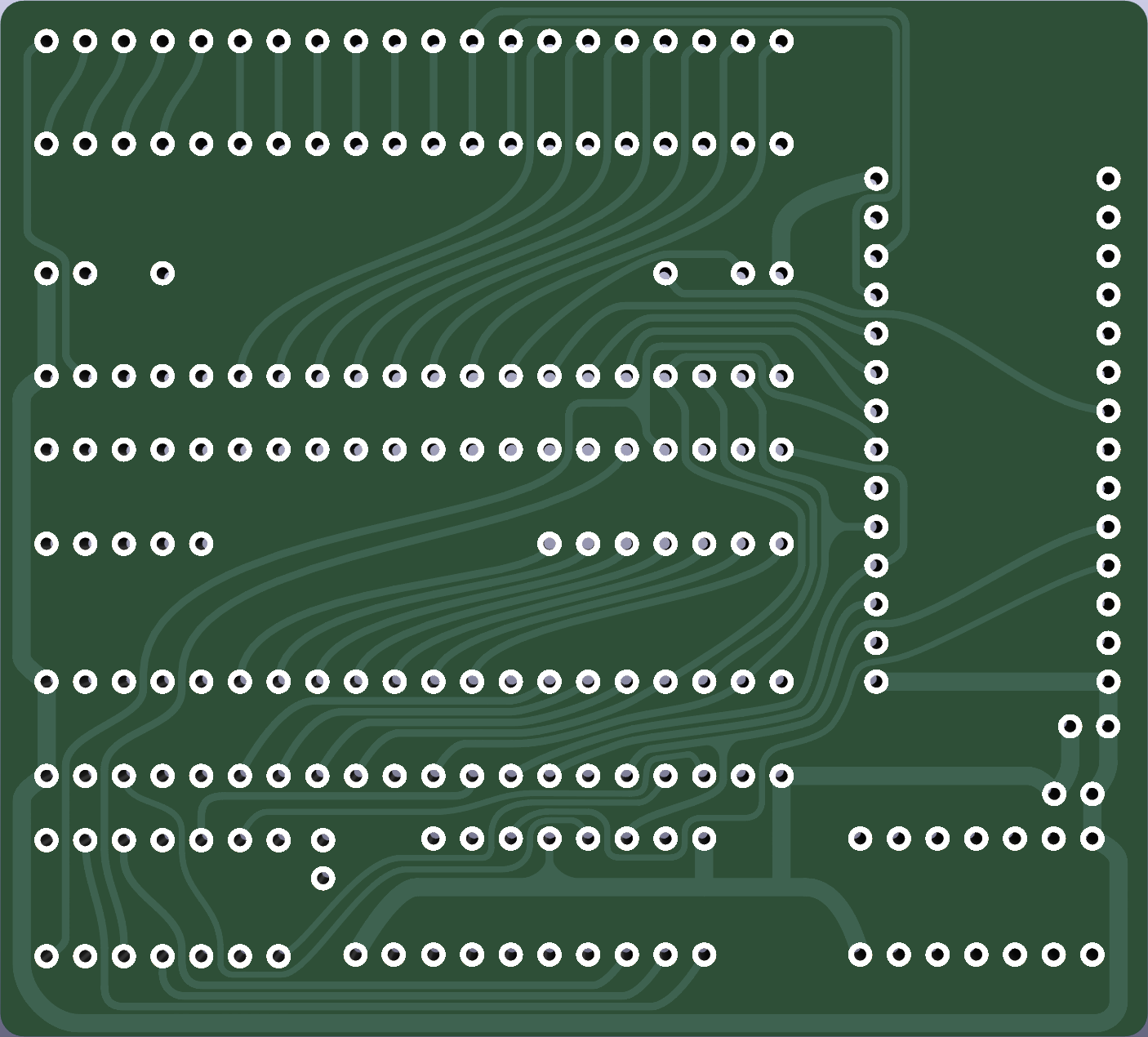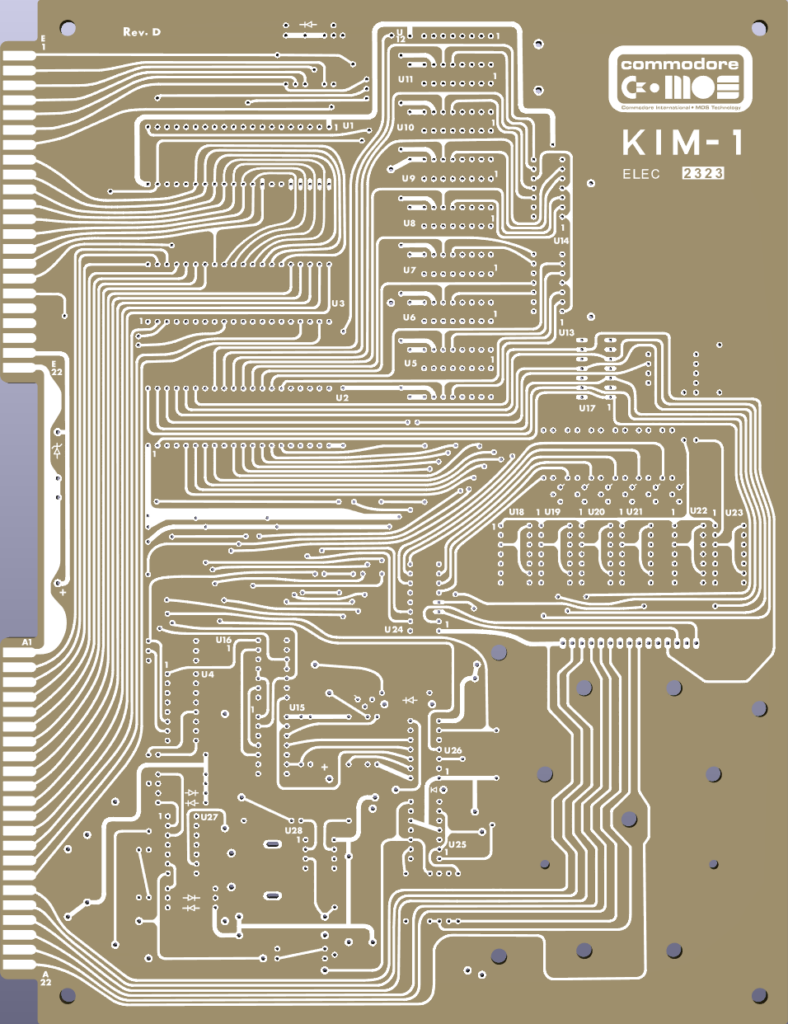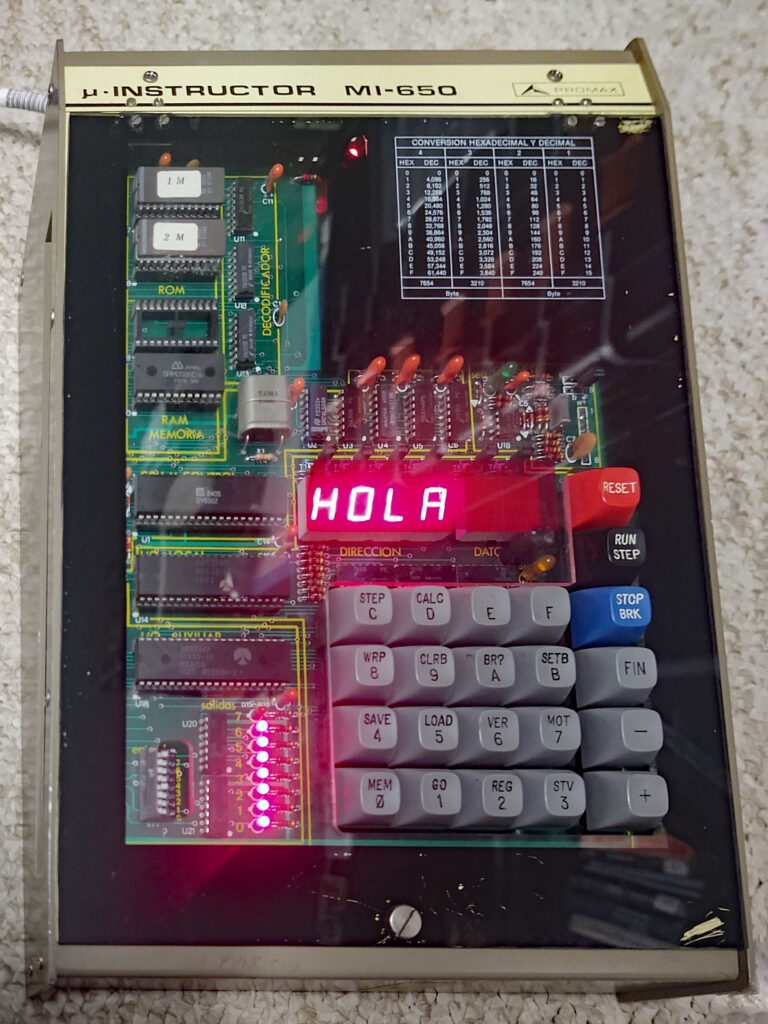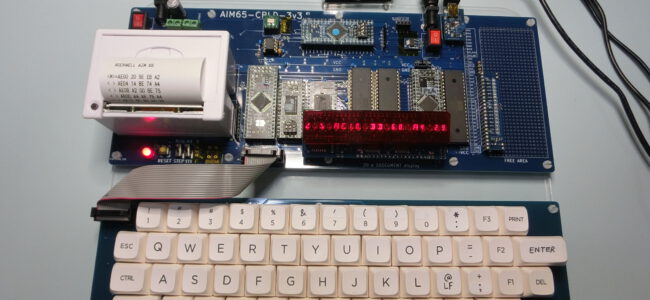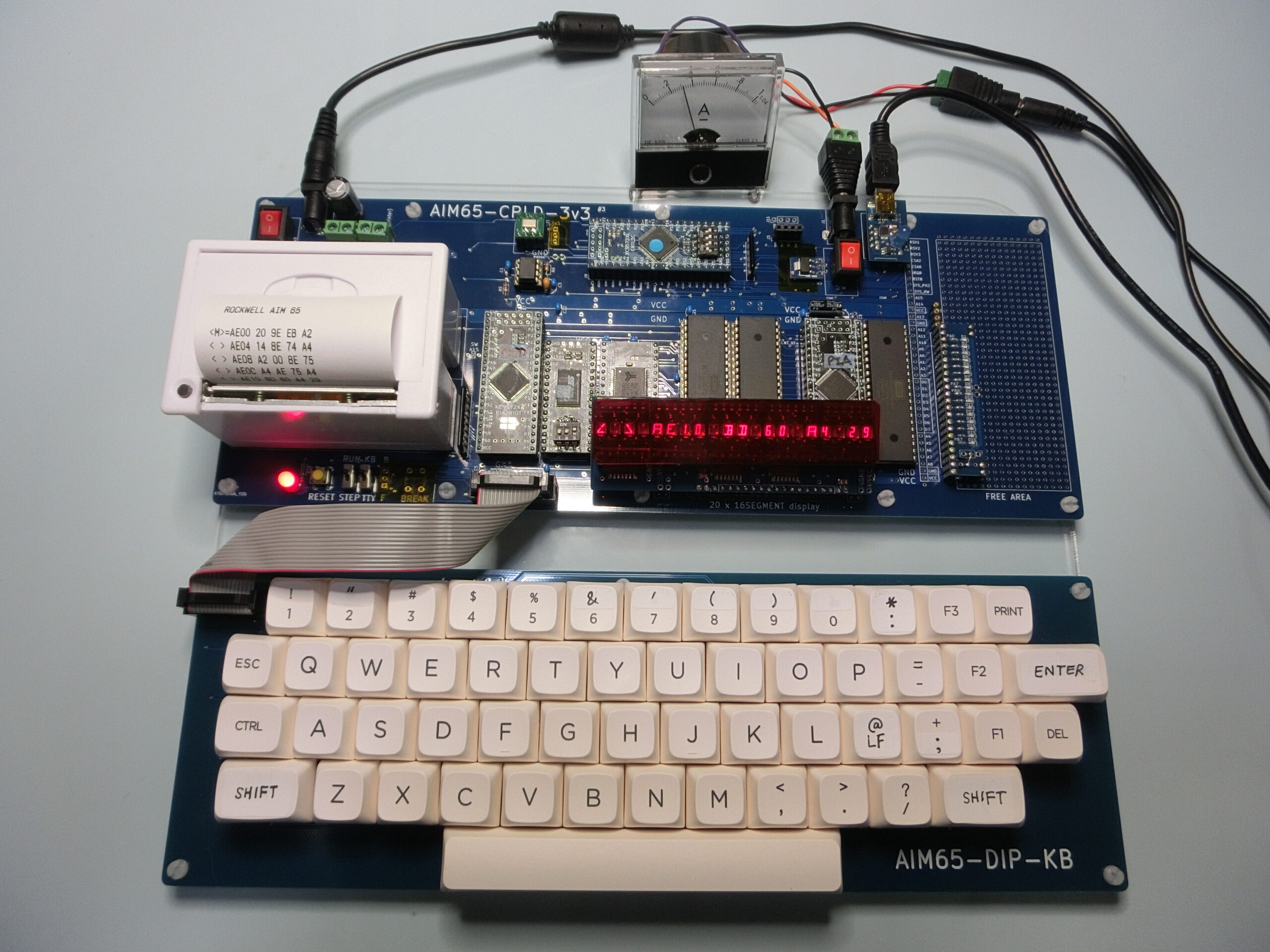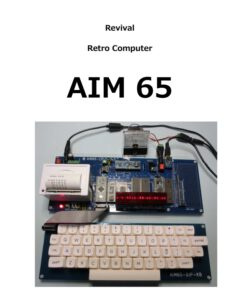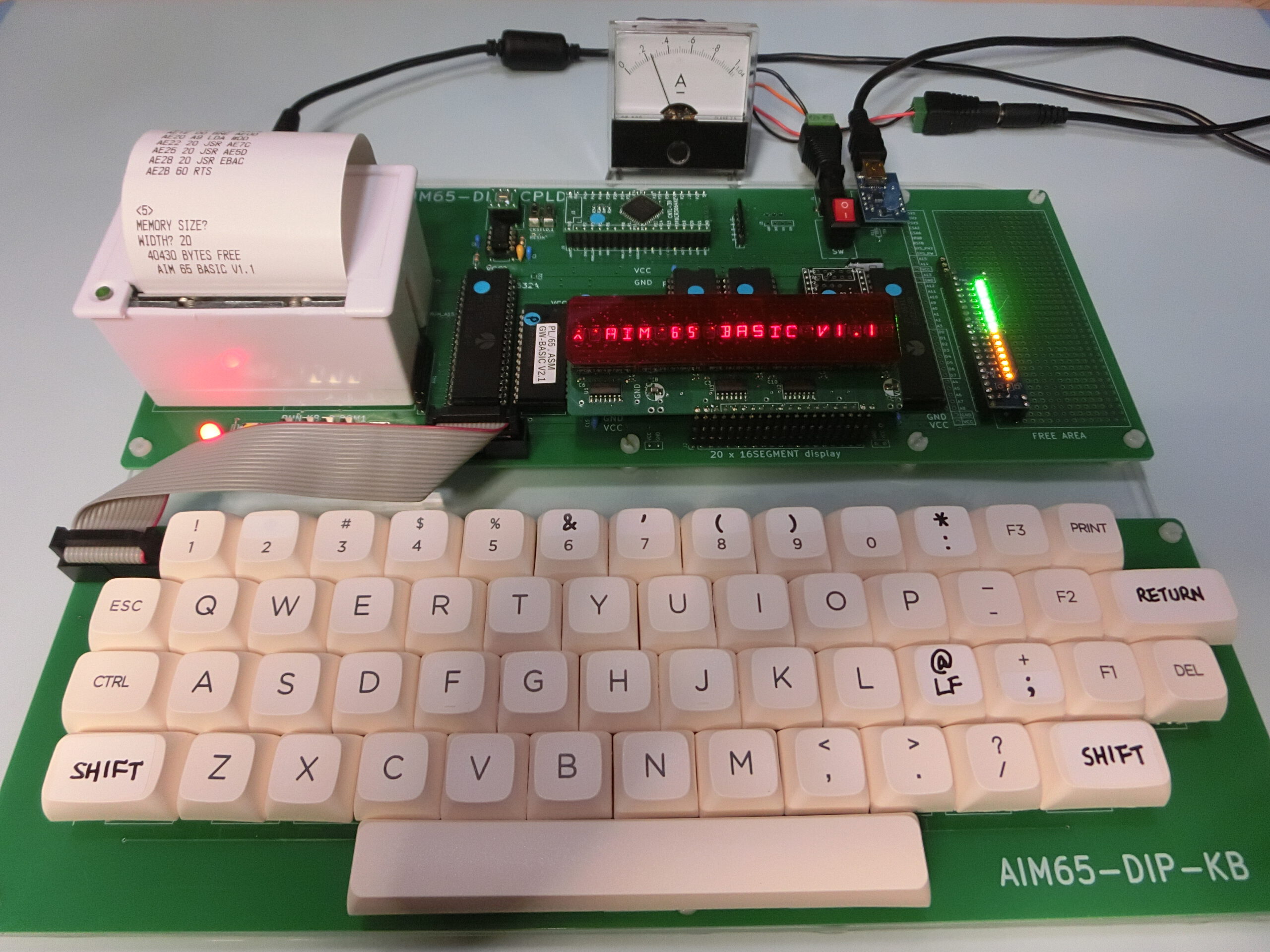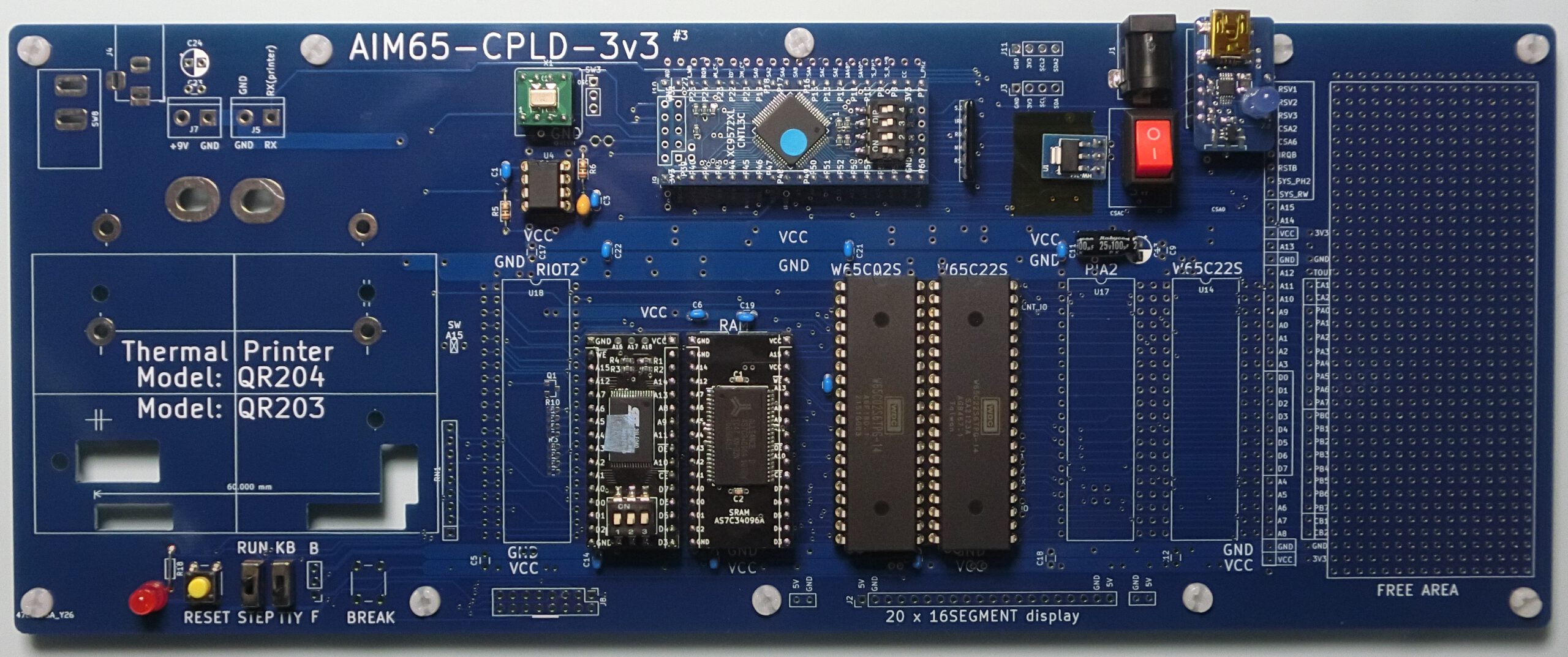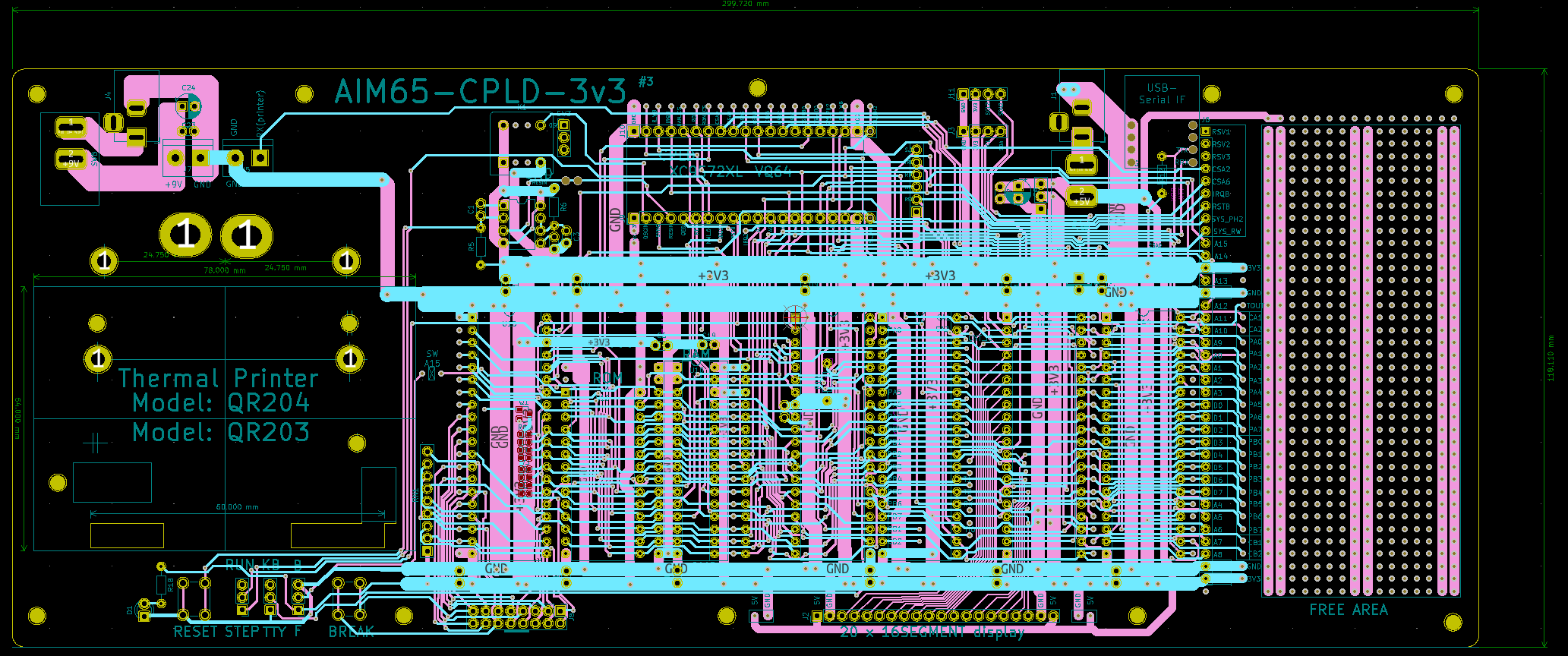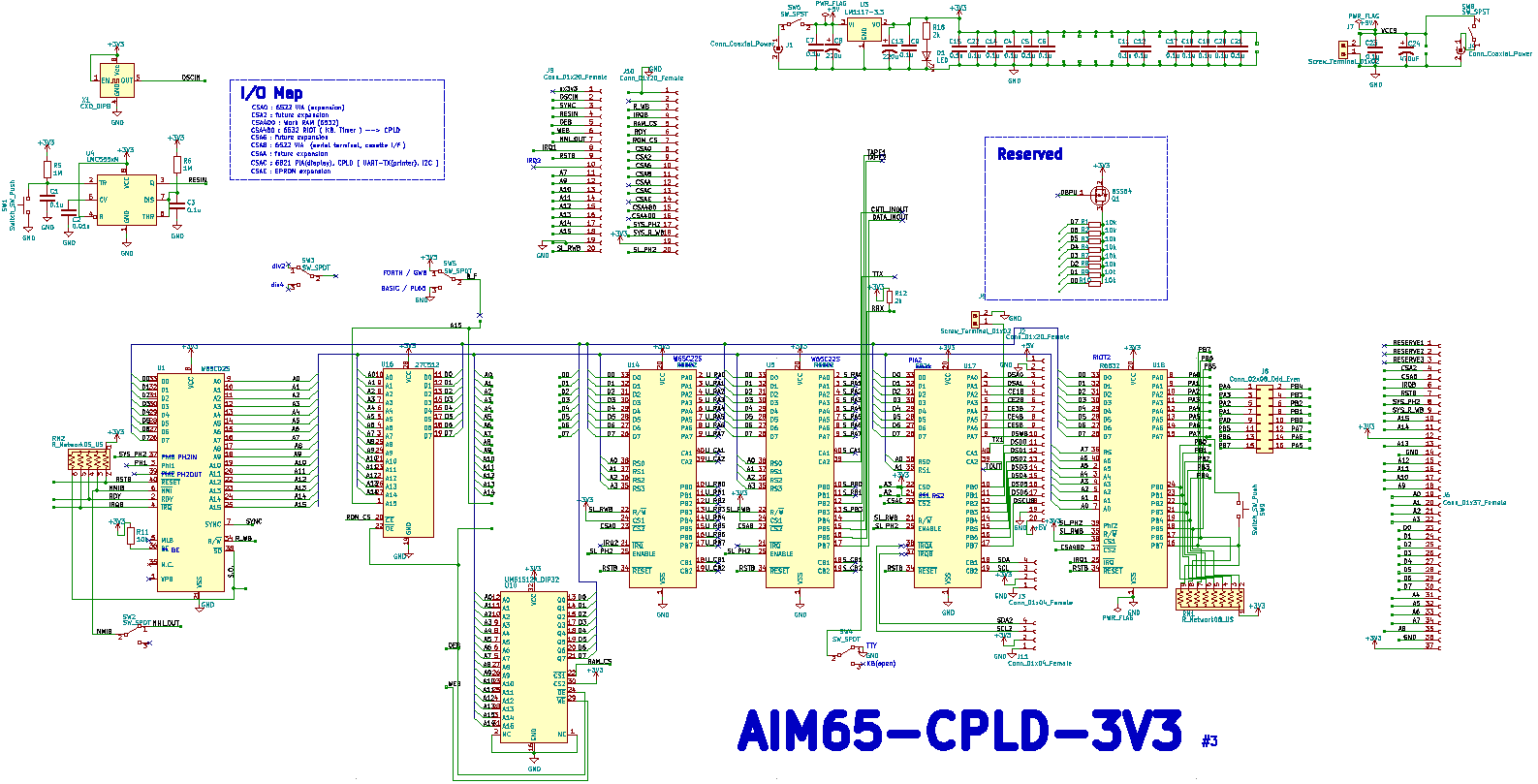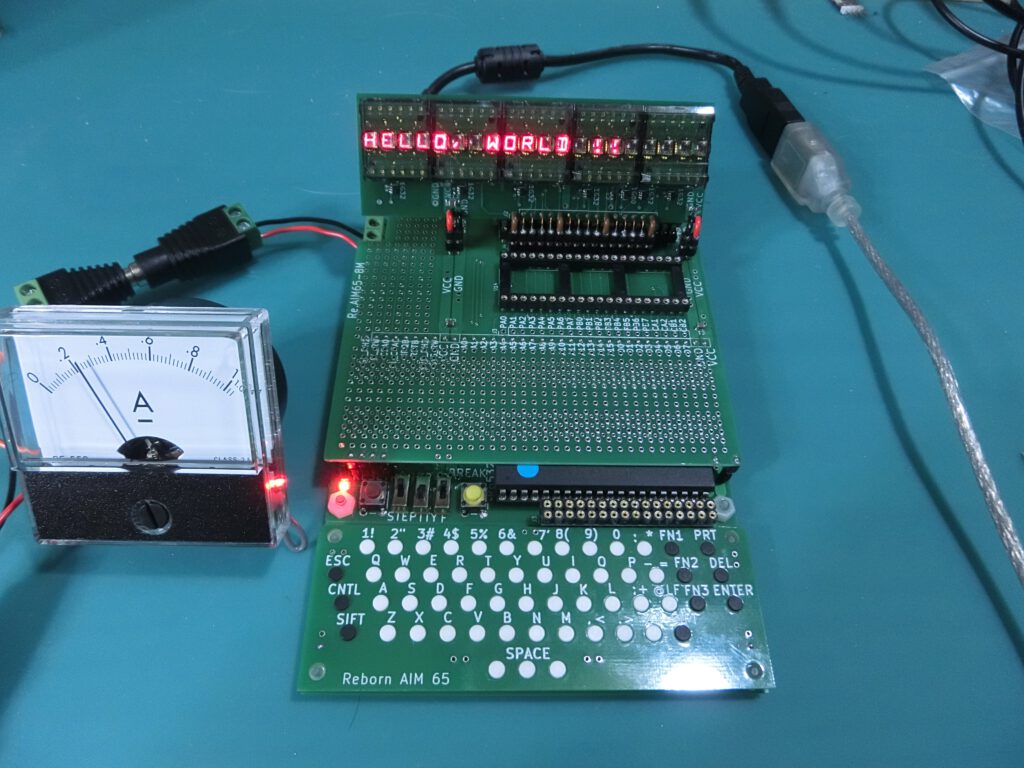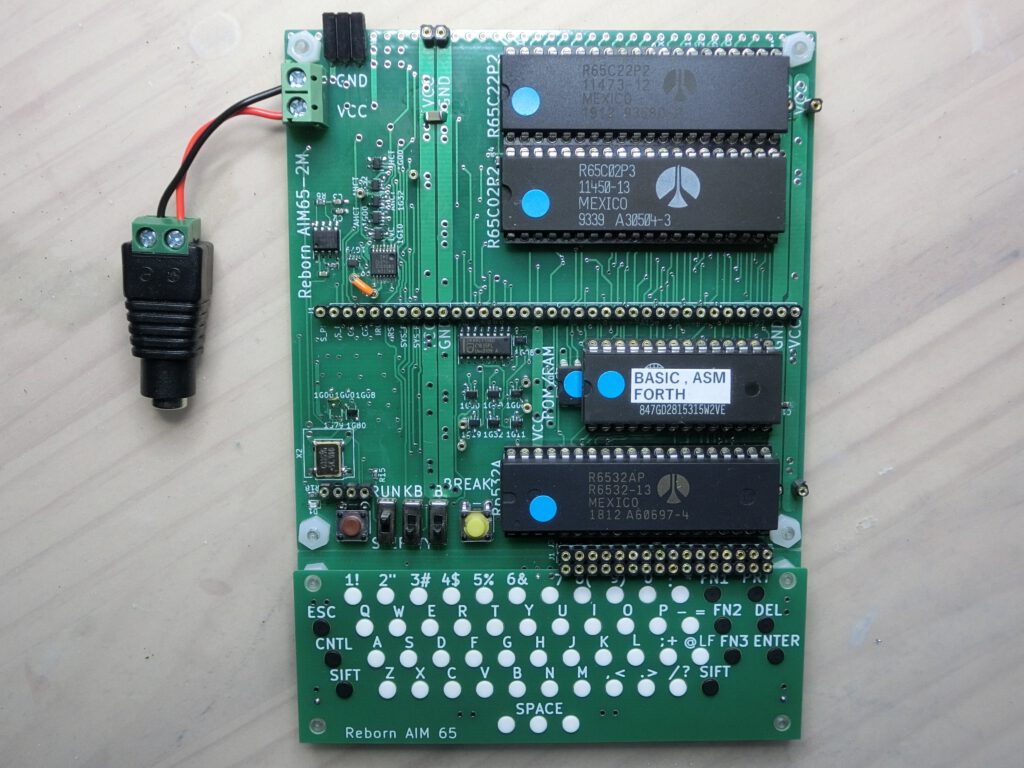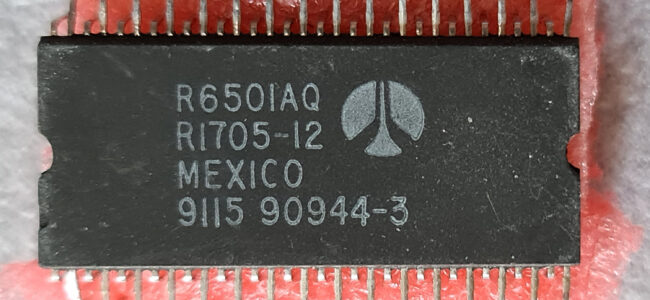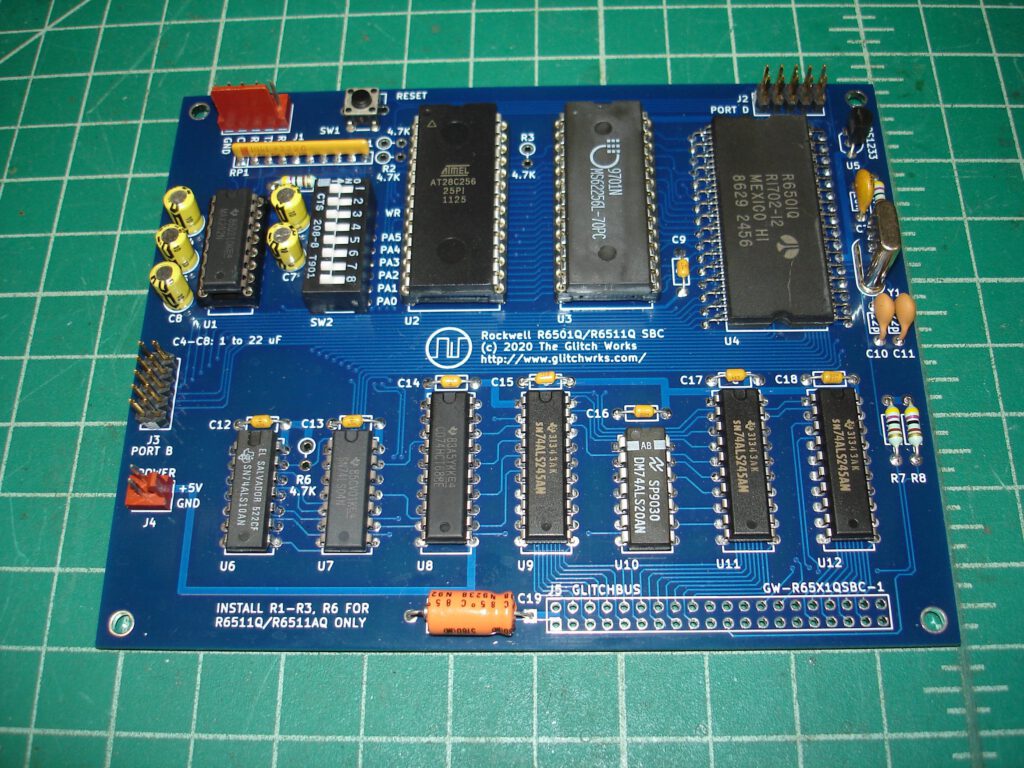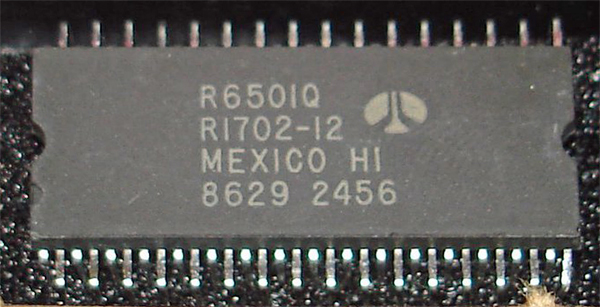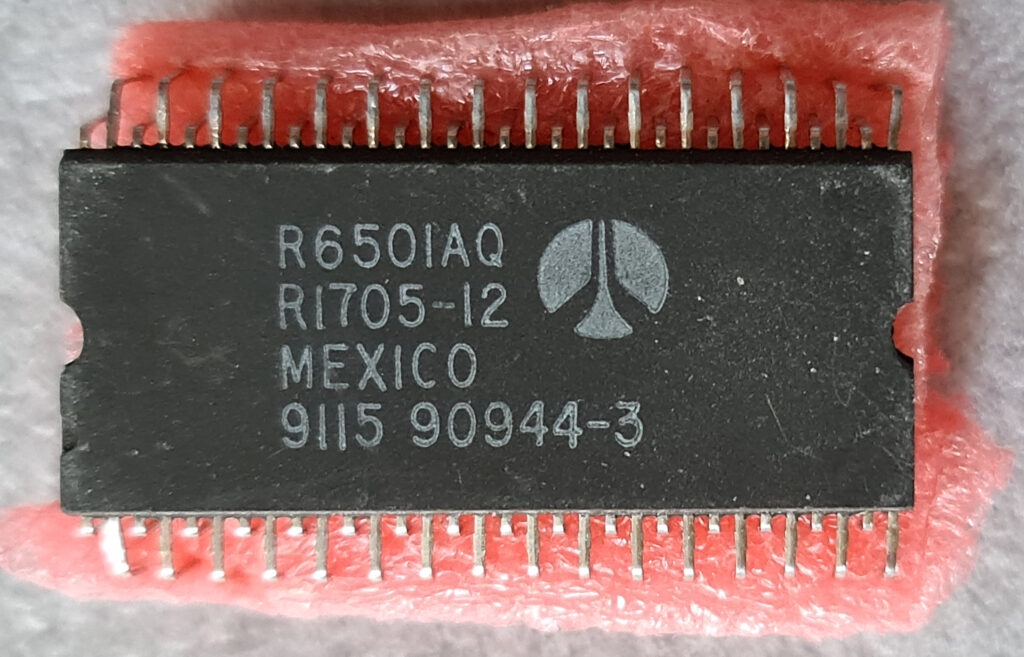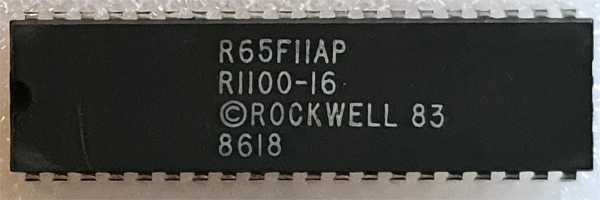As you can read below in the screenshot of the last post on Corsham’s website below, Bob has left us. I will miss him, a dear friend with whom I exchanged many emails about the KIM-1.
To honor his legacy I have collected on these pages everything available, from his former website, Github repositories and information I have received from Bob, enhanced with photos of Corsham products I have bought over the years.
I have decided not to replicate his website. Instead the structure is about all of his projects, current and past, with on each page all information available to me about the product, enhanced with available material from outside.
Note that I do not have more information. I do not have the PCB designs. I do not sell any Corsham product. All I have is here is what Bob once published.
If you are interested in the SWTPC range, have a look here: original Corsham boards and more 6800/6809 products at Peripheraltech.
Links
The Corsham Technology website used to live at https://www.corshamtech.com
Bob’s private website is still up (August 2024) at https://k2ut.org/
The Github repositories are also still up at https://github.com/CorshamTech
The forum at groups.io is here: https://groups.io/g/CorshamTech/

Pages you find here:
- KIM-1 products
- KIM Clone
- Corsham SD card system
- SS-30 SS-50 boards
- SS-30 bus extender
- SS-30 Parallel Board
- SS-30 Prototype board
- SS-30 Serial Board
- SS-30 SS-50 technical notes
- SS-30 USB Serial Board
- SS-50 1MB RAM board
- SS-50 64K RAM board
- SS-50 65C02 CPU Board
- SS-50 6800 CPU Board
- SS-50 6809 CPU board
- SS-50 Motherboard
- SS-50 Prototyping board
- SS-50 RAM EEPROM
- SS-50 software SBUG SWTBUG
- Corsham github
- SYM AIM 60K RAM board


The last message on the Corshamtech website with the sad news about Bob.

Bob Applegate at his desk


